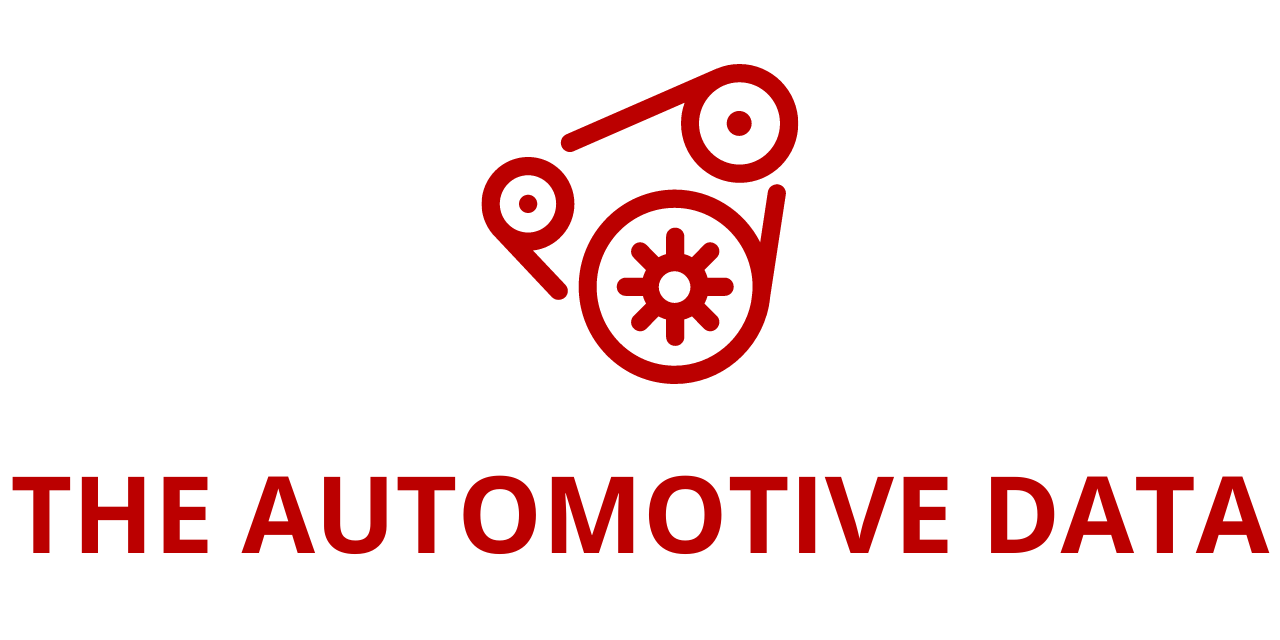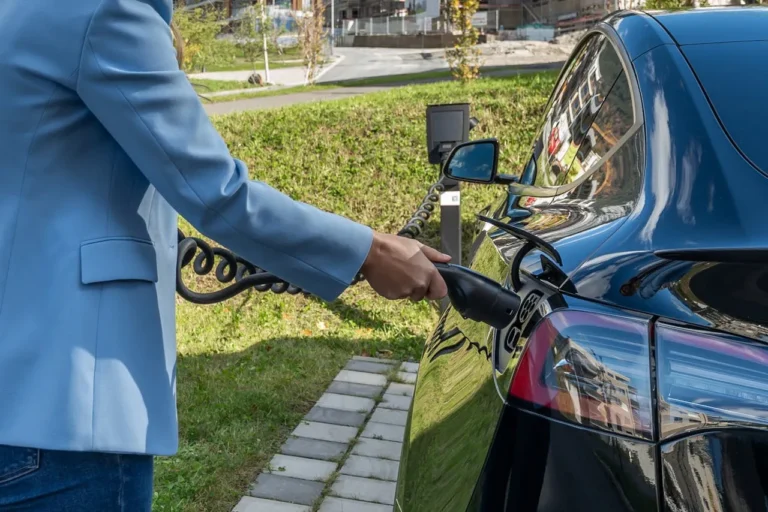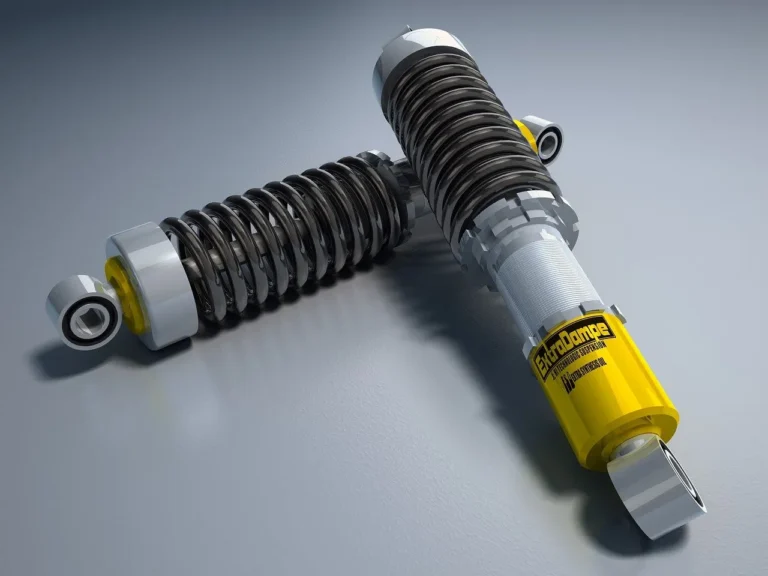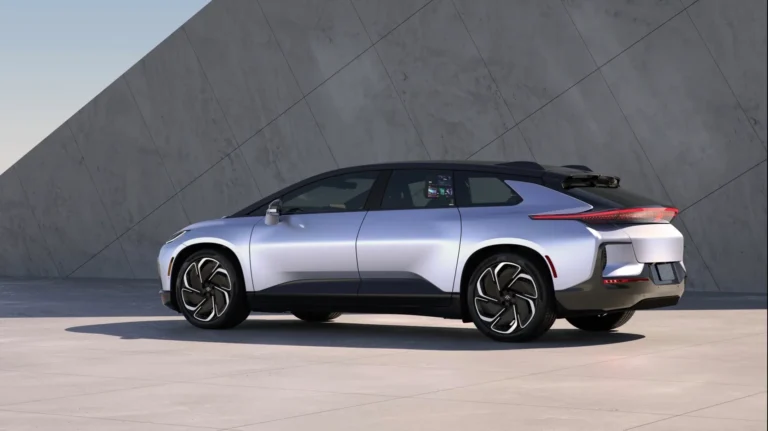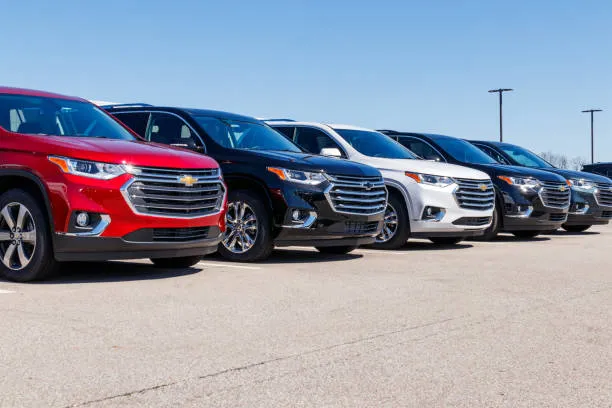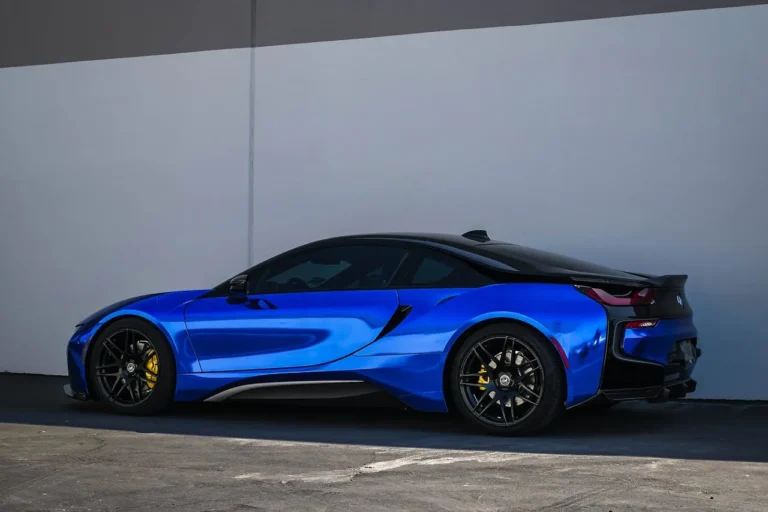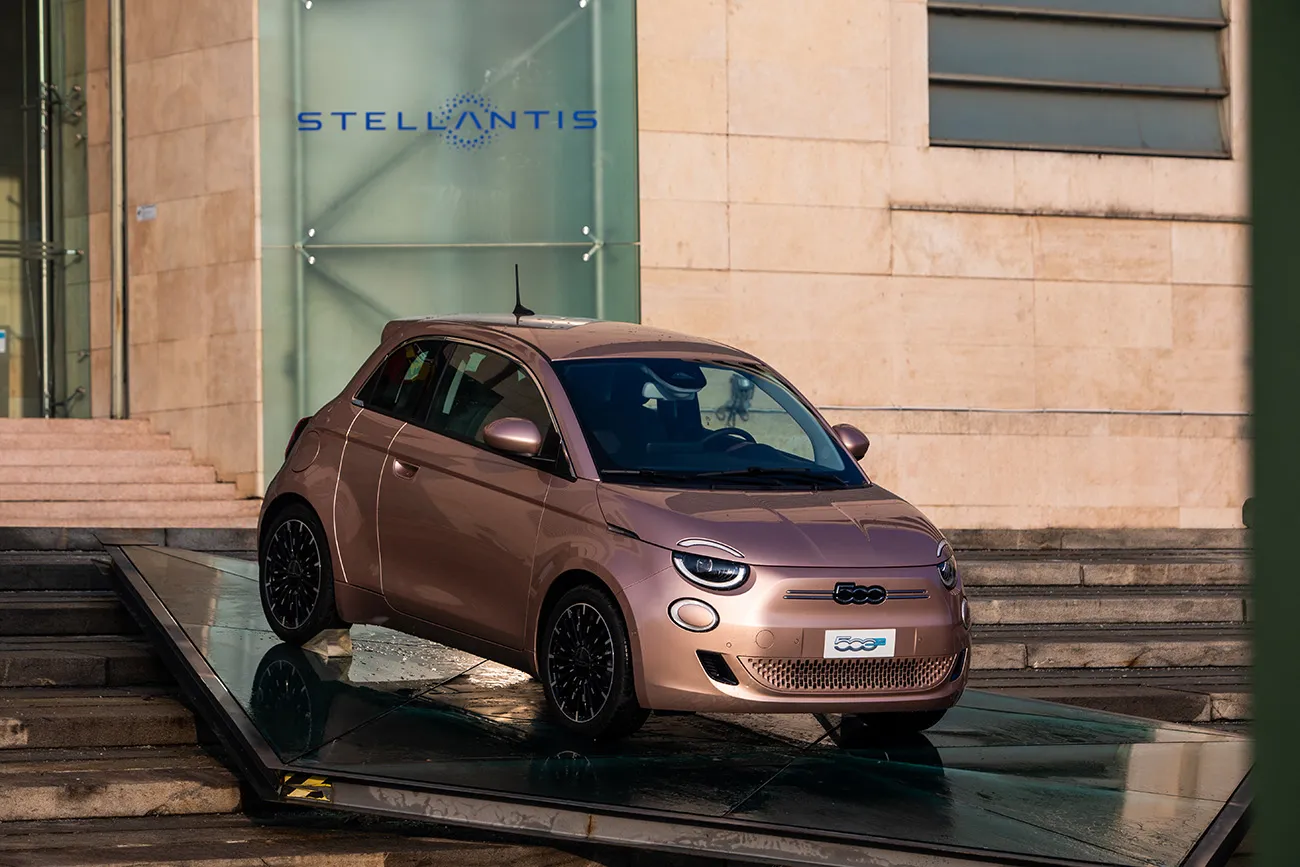
Niron Magnetics and Stellantis Launch Strategic Collaboration to Develop Rare-Earth-Free Electric Motor Technology
Niron Magnetics has officially unveiled a groundbreaking collaboration with global automotive leader Stellantis to co-develop a new class of electric motor architectures built around Iron Nitride permanent magnets — a first-of-its-kind innovation that eliminates the need for rare-earth elements. The partnership marks a significant leap forward in the decarbonization and localization of automotive supply chains, paving the way for more sustainable, cost-effective, and geopolitically secure electric mobility.
This joint effort is not merely a research exercise. It comes backed by substantial strategic and financial commitments. Stellantis Ventures — the investment arm of Stellantis — made an initial investment in Niron Magnetics in 2023, recognizing the disruptive potential of rare-earth-free magnets. Complementing this private-sector backing, the U.S. Department of Energy’s Advanced Materials and Manufacturing Technologies Office (AMMTO) has injected $2.7 million into the program. The DOE’s involvement signals a strong national interest in reshoring critical materials technologies that underpin clean energy and transportation infrastructure.
Why This Matters: Permanent Magnets Power Everything on Wheels
While most consumers associate electric vehicle innovation with batteries and motors, far less attention is paid to one of the most essential components within these systems — permanent magnets.
From the speakers that power in-car audio, to electric power steering units, fluid pumps, starter-generators, and traction motors, permanent magnets are embedded in nearly every major automotive subsystem. They form the backbone of propulsion in hybrid and fully electric vehicles, and they also enhance efficiency in internal combustion engine (ICE) platforms.
To date, high-performance permanent magnets have relied heavily on rare earth elements such as neodymium, praseodymium, dysprosium, and terbium. These elements are chemically complex to refine, environmentally costly to produce, and overwhelmingly sourced from a single dominant region — China. As global demand for electric vehicles accelerates, the automotive sector faces growing exposure to material shortages, price volatility, and geopolitical risk.
This is the critical supply chain vulnerability that Niron Magnetics aims to solve.
Niron’s Breakthrough: Iron Nitride Magnets Made from Abundant Materials
Niron Magnetics is pioneering an entirely new class of permanent magnets made from Iron Nitride — a compound derived from two of the most abundant and accessible materials on Earth: iron and atmospheric nitrogen. Unlike rare earth elements, which require geopolitically sensitive mining and complex purification, Iron Nitride can be produced from widely available raw materials using scalable manufacturing processes.
This shift has enormous implications for both cost structure and sustainability. By eliminating rare earth dependence, Iron Nitride magnets could slash material costs, reduce supply instability, and dramatically lower environmental impact. More importantly, they unlock the potential to manufacture permanent magnets at commercial scale within the United States — revitalizing domestic production capabilities in a sector that has largely disappeared offshore over the past two decades.
Stellantis Sees Strategic Advantage in Rare-Earth-Free Technology
For Stellantis — parent company of brands such as Jeep, Ram, Peugeot, Fiat, Chrysler, and Alfa Romeo — the collaboration with Niron is aligned with its broader strategy to diversify electrification technologies across multiple platforms. Instead of chasing a one-size-fits-all propulsion philosophy, Stellantis has been investing in parallel innovations that expand flexibility for future mobility offerings.
“Collaborating with the Niron Magnetics team allows us to explore the possibilities of this innovative magnet technology,” said Micky Bly, Senior Vice President and Head of Propulsion Systems Engineering at Stellantis. “As part of our broader research into advanced propulsion solutions, we’re continually evaluating emerging technologies that could support future mobility options and enhance customer choice.”
Stellantis is not merely interested in theoretical performance benchmarks. The joint project — formally titled Variable Flux Field Intensifying Motors Using Iron Nitride Permanent Magnets — is specifically focused on improving real-world motor efficiency, scalability, and design adaptability. The goal is to integrate Iron Nitride magnets into practical powertrain applications, ranging from compact traction motors to high-output electric drive units.
Scaling the Vision: From Lab Innovation to Mass Manufacturing
To support this collaboration, Niron Magnetics has begun construction of its first commercial-scale production facility in Sartell, Minnesota. Once operational, the plant is expected to become one of the largest magnet manufacturing sites in North America, with the capacity to produce 1,500 tons of Iron Nitride magnets annually. The project will create an estimated 175 full-time jobs — signaling a revival of American magnet manufacturing not seen since the early 2000s.
Building a scalable supply base is essential. Even the most promising magnet technology cannot be adopted by major automotive OEMs unless it meets commercial volume requirements, quality consistency, and long-term sourcing reliability. Niron’s Minnesota facility is therefore not just a manufacturing node — it is a cornerstone in rebuilding domestic resilience in one of the most strategically important materials categories.
“This collaboration is another critical notch of success in our strategy to scale our technology to meet the demands for permanent magnets and secure our domestic supply chains for leading manufacturers like our partners at Stellantis,” said Jonathan Rowntree, CEO of Niron Magnetics. “By switching to rare-earth-free Iron Nitride, we’re not only working together to build a more resilient foundation for industry but expanding the boundaries of what’s possible for motor performance.”
Academic and Research Partners Strengthen the Project
To reinforce the technical backbone of the program, Niron Magnetics and Stellantis will also collaborate with leading U.S. research institutions, including Oak Ridge National Laboratory (ORNL) and the Illinois Institute of Technology. These partners will contribute deep expertise in advanced magnetic modeling, motor architecture optimization, thermal management, and long-term durability testing.
Such collaboration between private industry, national laboratories, and academia is essential for accelerating technology readiness. By validating Iron Nitride through rigorous third-party testing, the Stellantis-Niron partnership increases the likelihood that the innovation will gain rapid acceptance across broader automotive and industrial markets.
A Catalyst for Electrification, Energy Security, and Industrial Renewal
This project is more than a new drivetrain improvement — it sits at the convergence of national energy policy, economic security, and climate strategy. In one move, the partnership between Niron Magnetics, Stellantis, and the U.S. Department of Energy addresses three pressing challenges facing the mobility sector:
- Reducing Supply Chain Risk: Dependence on rare earths leaves automakers vulnerable to geopolitical disruption and price manipulation. Iron Nitride offers a stable, regional alternative.
- Lowering Environmental Impact: Rare earth mining and processing are chemically intensive and environmentally damaging. Iron Nitride processing simplifies material flow and reduces toxic byproducts.
- Lowering Costs for Mass Electrification: Permanent magnets are one of the costliest components in EV motors. A cheaper, domestically produced alternative could accelerate mainstream EV affordability.
As the project progresses, the industry will be watching closely for performance data from early prototypes. If Iron Nitride magnets demonstrate superior efficiency or torque output relative to existing neodymium-based designs — and if they can be manufactured at comparable densities — the market implications could be seismic.
Automakers across Europe, North America, and Asia have been actively seeking rare-earth-free alternatives, but most solutions have required performance trade-offs. If Niron’s material can meet or exceed expectations, it could become the new standard in electric drive technology.
With Stellantis backing the testbed, U.S. government support fueling commercialization, and large-scale manufacturing underway, Niron Magnetics has gone from a niche materials startup to a central figure in redefining how electric motors are made.
One thing is clear: The age of rare-earth dependency in electric mobility may finally be coming to an end — replaced by a new generation of motors built from the most ordinary elements on Earth.
